Vectors - Terminologies and General Properties
Description:
Representation of Vectors
Analytical representation
a→, A→, b→, B→, etc.. They are the variables with an arrow drawn on top.
Note
1. No matter what the direction of a specific vector is, the arrow is always drawn from left to right on the top of variable name as shown above.
2. In some books, vectors are also represented simply by a bold alphabet (without any arrow on top). E.g. a, A, b, B, etc. They have the same meaning as a→, A→, b→, B→, etc. respectively.
Pictorial/Diagrammatic representation
Vectors are shown pictorially by an arrow. Length of the arrow indicates the “magnitude” and direction in which the arrow head is pointing indicates the “direction”.
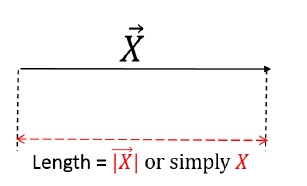
Magnitude of a vector X→ is indicated by |X|→ or simply X.
Parallel Vectors
Vectors are regarded as parallel if they point in the same direction.
The angle between the vectors is 0 degrees.
The vectors may or may not have their magnitudes equal.
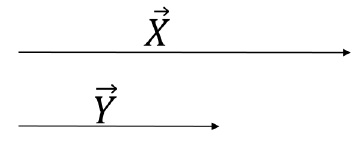
Anti-parallel Vectors
Vectors are regarded as anti-parallel if they point in exactly opposite directions.
The angle between the vectors is 180 degrees.
The vectors may or may not have their magnitudes equal.
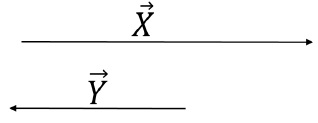
Equality of Vectors
Two vectors are regarded as equal if and only if,
Their magnitudes are same, and
Their directions are same.
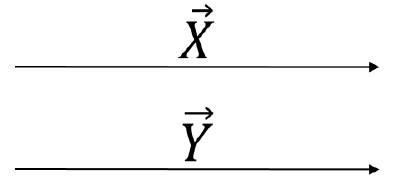
Negative of a Vector
Negative of a vector simply reverses the direction of the vector. Magnitude stays unaffected.
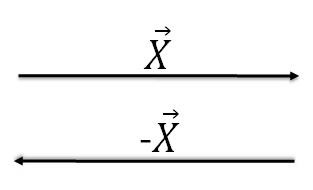
Multiplication of a vector by scalar
The magnitude of the vector is multiplied by the scalar. Direction remains unaffected.
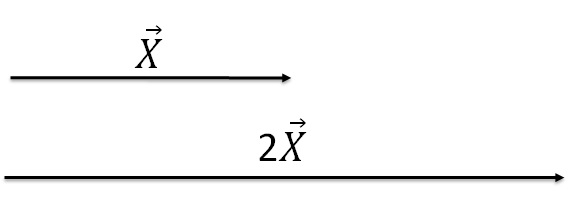
Unit Vector
Unit vectors have magnitude = 1.
They are special vectors that represent specific directions.
A vector of any size could be created in that specific direction (represented by unit vector) by simply multiplying a scalar with the unit vector.
They are distinguished from standard vector variables by having a x̂ (cap) symbol instead of x→(vector) symbol.
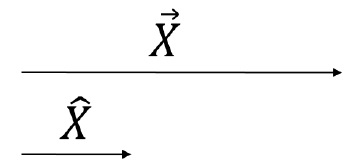
Because any vector can be created in the direction of unit vector by simple multiplication of a scalar number, interpret X→ as,
X→ = |X|→ X̂
Scalar number |X|→, which represents the magnitude, is multiplied to X̂, which represents the direction, to create X→.
Hence, X̂ = X→|X|→
Zero Vector
Zero Vector is a Mathematical concept and has little significance in Physics.
Zero Vector has magnitude = 0.
Zero vector has indeterminate direction.
It is represented by 0→
It is defined mathematically to handle cases like: a→ - a→ = 0→

